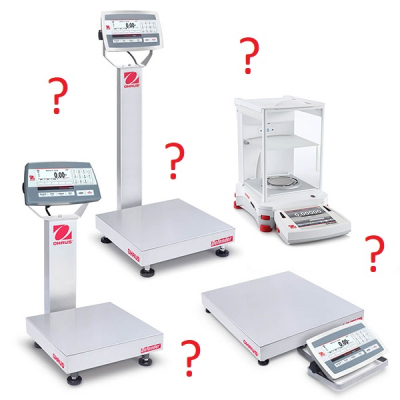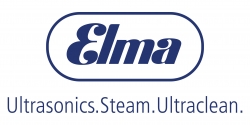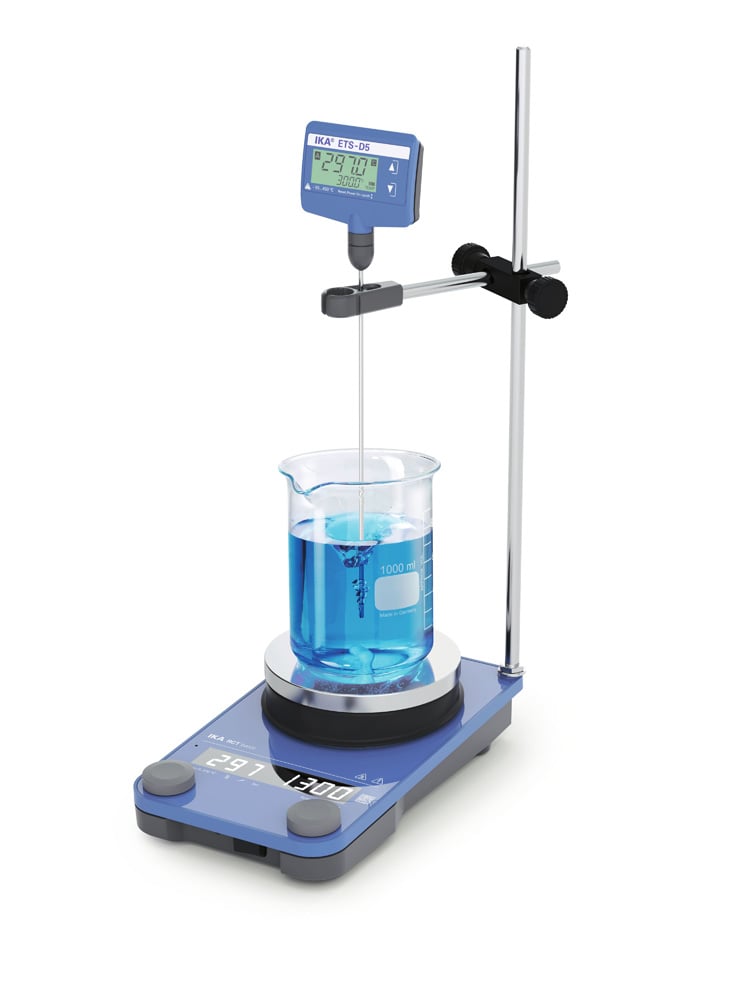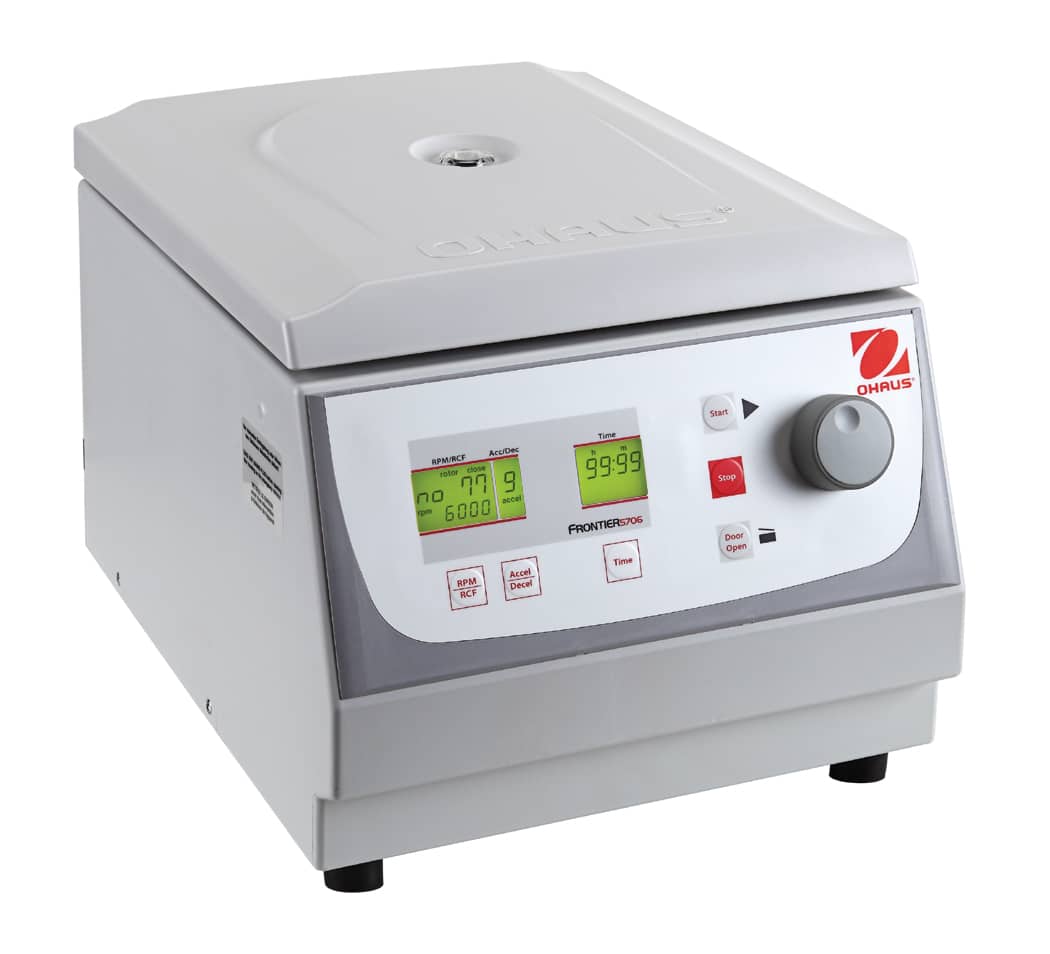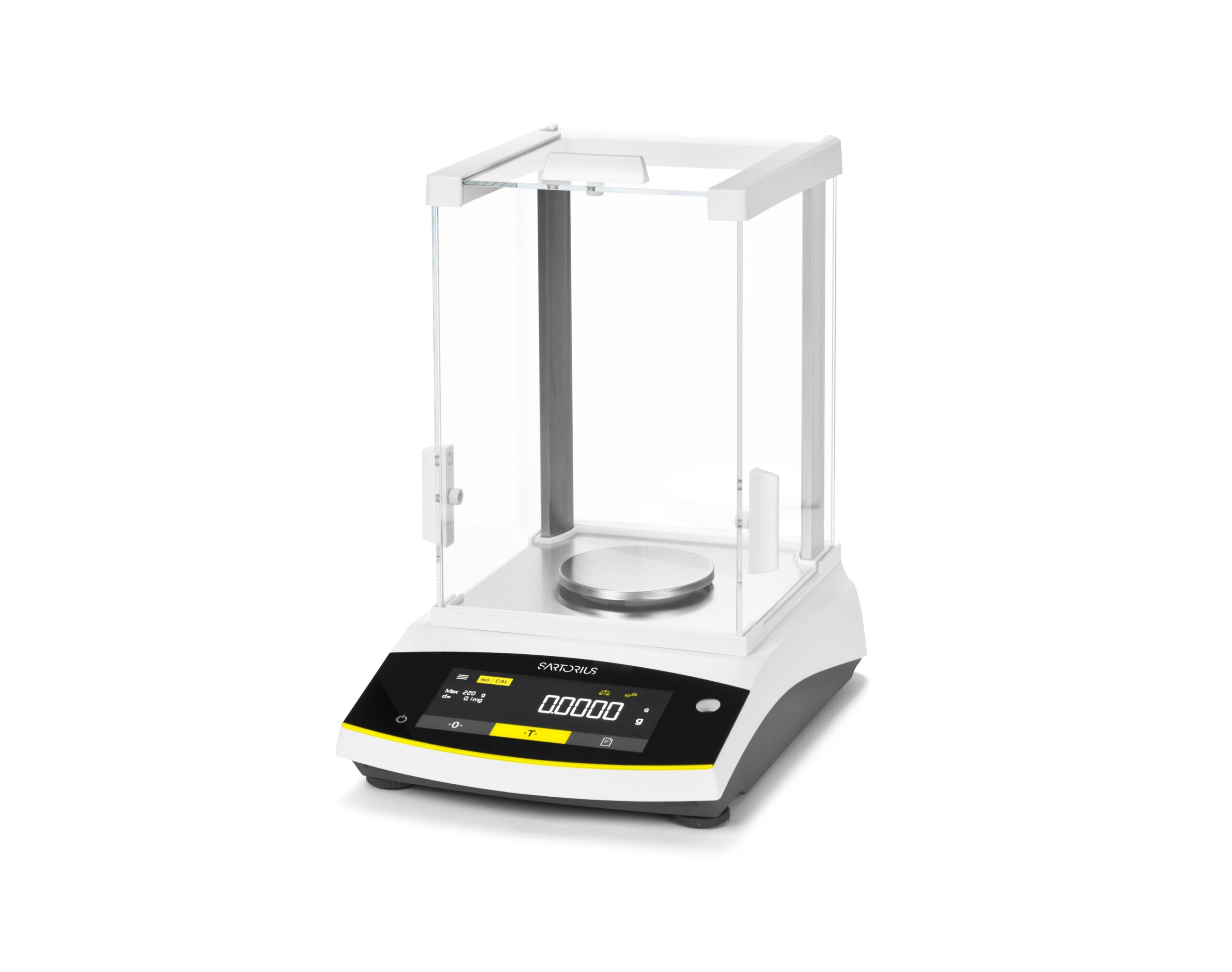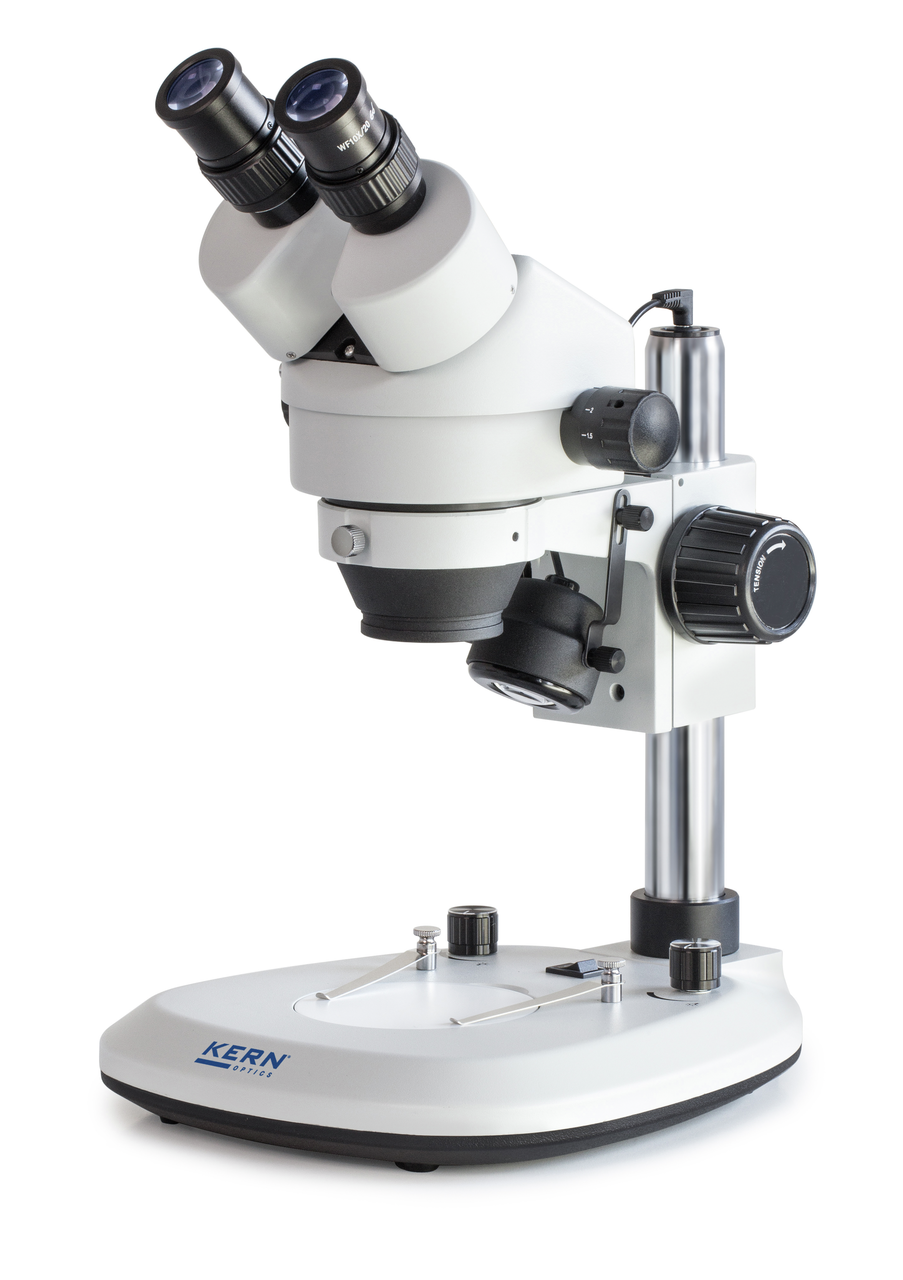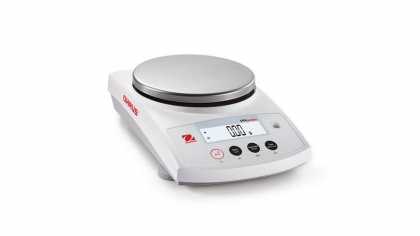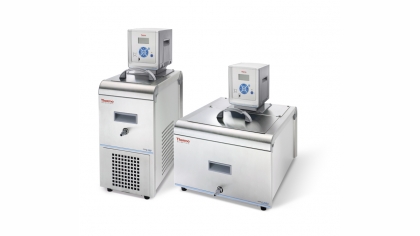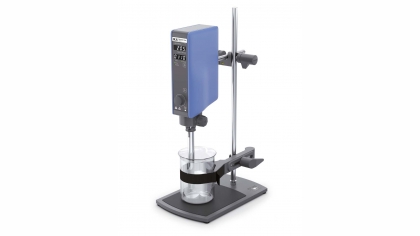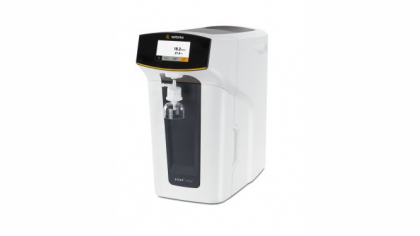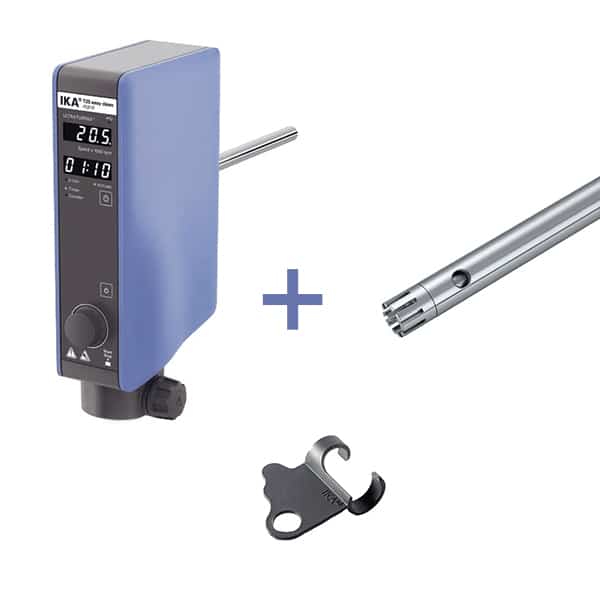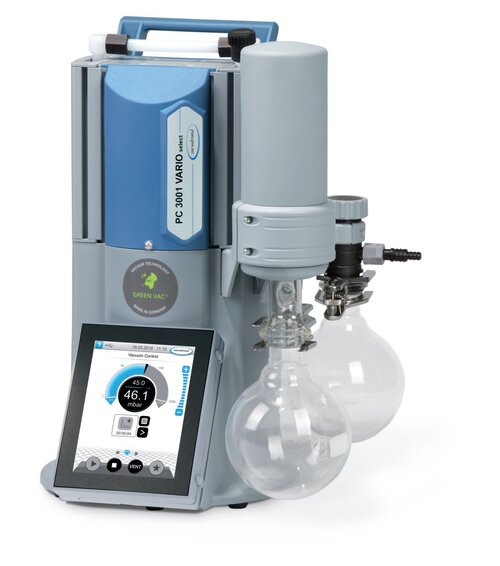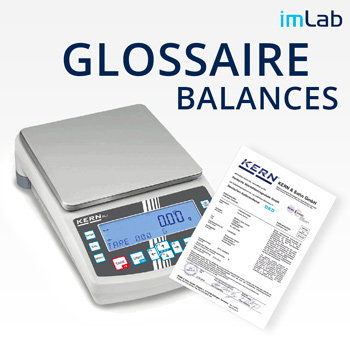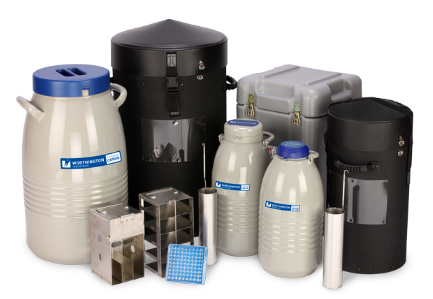Toutes les catégorie
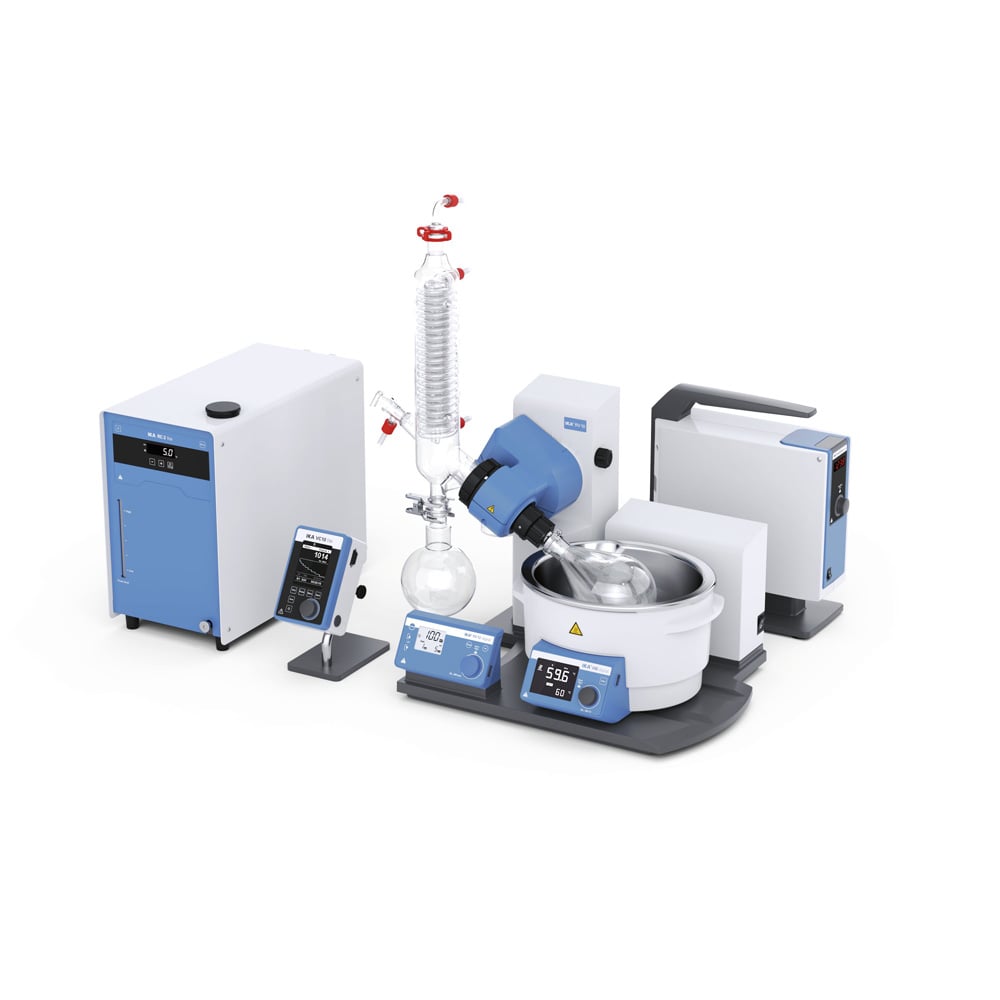
Bienvenue chez Imlab !
Depuis 1993, nous distribuons des équipements et des balances pour les laboratoires, l’industrie, l’agroalimentaire, …
Nos marques
Produits populaires
Des produits de haute qualité et le meilleur service depuis 30 ans
Rien que le meilleur sur le marché
Plus de 10.000 produits et leurs accessoires qui conforment aux normes de sécurité et aux exigences de qualité les plus strictes.
En savoir plusService personnalisé
Il est important à nos yeux d’entretenir une étroite collaboration avec nos clients.
En savoir plusExpédition gratuite
Une expédition gratuite pour un achat en webshop de > 400,00 € (sauf livraison sur palette).
LivraisonCatégories populaires
Produits en promotion

Besoin de conseils ?
Posez votre question à nos spécialistes, nous serons heureux de vous aider !



